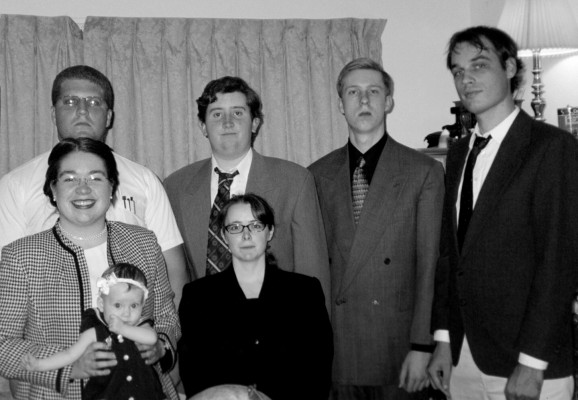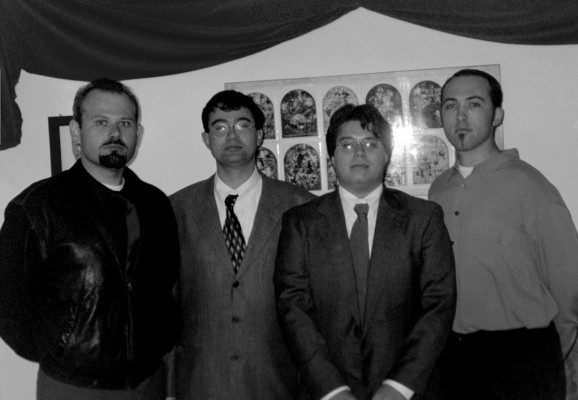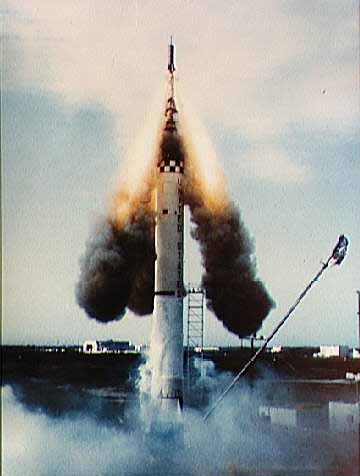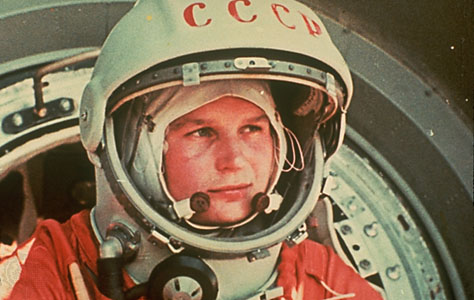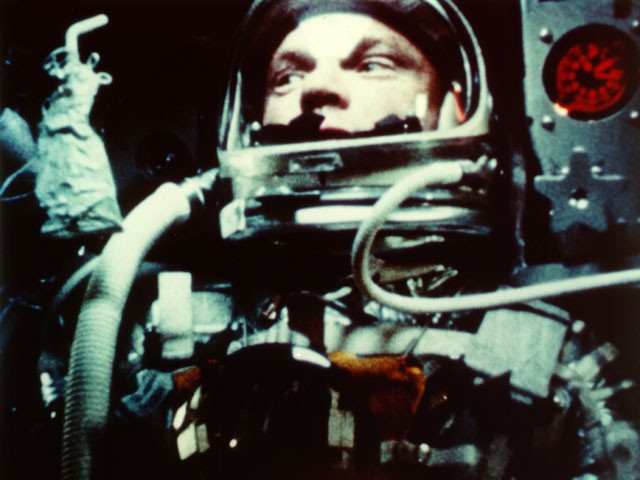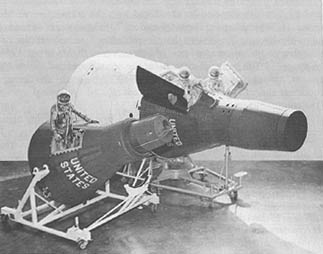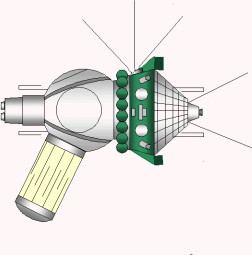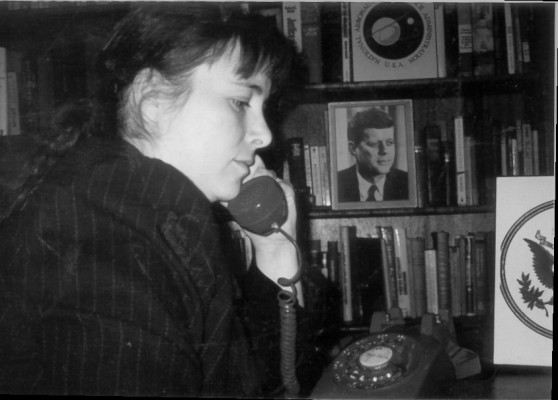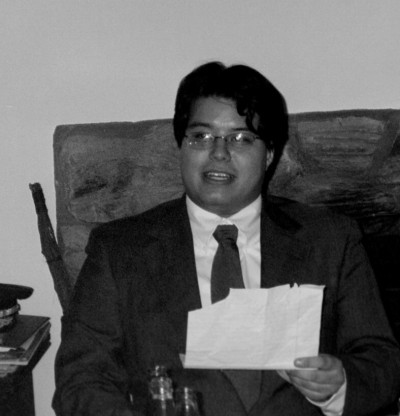...A Saturn V will launch a fully fueled transstage into orbit. This transstage will be docked with the space station where it can be kept stable pending the next launch.
Space station?? What space station??
Did anyone else notice plans for a space station that I would have overlooked when I just paged back through the thread looking for it?
Mind you, I think it's a very good idea to have one. We really should have done that OTL, sooner than Skylab. Note that my Lego/Meccano Madness 9-launch proposal for Artemis did include a "space station" of sorts, which I envisioned as a sort of manned forming platform for the gradually-assembled single translunar engine cluster, to piece it together, as well as stashing the LM and providing a big stable platform with backup resources for the CSM to mate up to the assembly on. And I assumed with the sort of technology they'd be projecting they'd have nearly a decade hence in the early 60s they'd commit to making that a manned station, which means not one but two manned launches in the mix, and half the Artemis team never even leaves Earth orbit.
And while manfully restraining himself from verbally beating me to a pulp for this harebrained scheme of mine, e of pi also mused about the virtues of a fuel dump station.
Space stations are nice things to have. By all means if the Artemis program does include one, that would be cool. Even cooler if the plan is to keep the station going and expand it, though OTL experience suggests that perhaps, even aside from issues like orbital decay, a space station is a structure that suffers from the demands placed on it and sooner or later you have to junk at least the oldest modules! If the thing is rooted in these as we would expect it would be to grow naturally, either someone has to reconfigure it so the former center can be removed (presumably stripped for still-useful parts in situ), or the whole station's shelf life is limited by its oldest and most critical part.
Well, anyway, I think this is the first you've mentioned this timeline's NASA actually not only having a station of any kind, but making it integral to Artemis.
So please tell us more about this station!
I'm trying to remember my Greek myths right now, to see if Artemis had a special home away from Olympus, or a sidekick.
Hmmn, the m
ythology of Artemis seems rather dark; that could be because of the perspective of later Hellenic era scribes, looking back from a particularly misogynistic and patriarchal perspective on myths from an earlier time when perhaps women's different perspectives were more heard. Certainly she seems a bit terrifyingly misandric!
The best names I can come up with within the traditions of Artemis as sketched by Wikipedia would be either her mother,
Leto, or a goddess I've certainly never heard of before (whose role in myth Artemis herself eventually supplanted),
Eileithyia, a goddess of midwifery and childbirth. These seem appropriate insofar as the station's main role is seen to be a platform for assembling Artemis mission elements. The island of Delos was held to be her place of birth (and Apollo's, he being her twin brother) so the station might also be called Delos station; finally, if Von Braun is on an extended Classical kick and he and other planners are looking ahead to post-Artemis missions with grandiose Classical divine names, they might start with a station called Olympus!
If Eileithyia were not so darn obscure and weird to write by modern English conventions, I'd be championing naming the station that. But then again if the station is to have future roles beyond the Artemis missions, its functions would be diverse and Olympus, as a general residence of the gods, would seem more apt.
